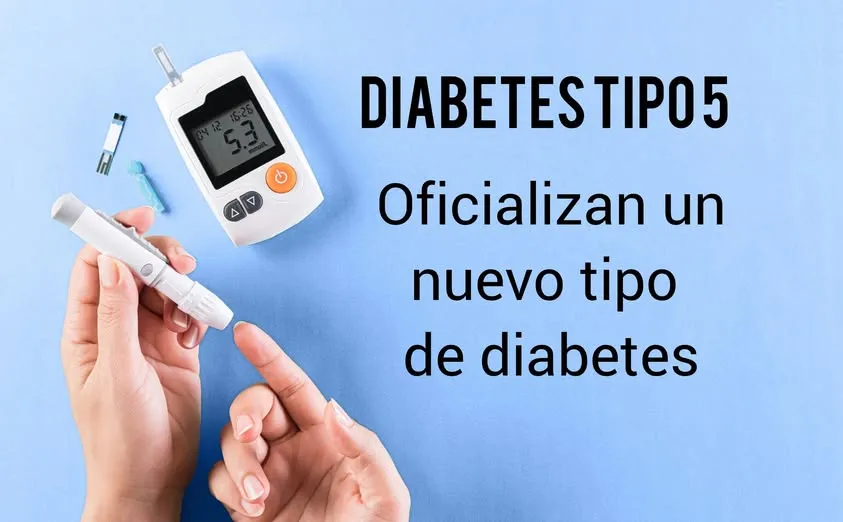An international group of specialists has asked the medical community to officially recognize type 5 diabetes as an independent disease, different from type 1 diabetes and type 2. This request was presented in April during the World Congress of the International Diabetes Federation (IDF) and has been published in The Lancet Global Health under the name of Velore declaration.
Although it may sound novel, it is not at all.This type of diabetes was first described in 1955, mainly in people with low weight and with a history of malnutrition in childhood.
In 1985, WHO came to include it in its classification as "Diabetes Mellitus related to malnutrition."
However, in 1999 this category was eliminated because there was not enough evidence that malnutrition was a determining risk factor.
Today, decades later, experts have shown that type 5 diabetes presents their own characteristics that clearly differentiate it:
✅ Patients produce little insulin, but process it normally.
✅ They do not develop ketoacidosis, a serious complication typical of type 1 diabetes.
✅ Your immune system does not attack the pancreas, which also the difference in type 1.
🌍 Who does it affect?
According to the authors of the statement, at least 25 million people in the world could live with this type of diabetes.Most are young adults in low and medium income countries, where child malnutrition still has an important impact on long -term health.
The problem is that the lack of official recognition has had serious consequences:
- Erroneous diagnoses (many patients are confused with type 1 or type 2).
- Case Sub -adding.
- Absence of specific clinical guides.
- Little adequate treatments that do not always improve the evolution of the disease.
🧪 What is being done now?
The IDF has announced the creation of a working group for:
- Define formal diagnostic criteria of type 5 diabetes.
- Promote research on its evolution and treatment.
- Develop evidence -based attention guides.
Experts underline that official recognition is not only a symbolic act, but an essential step for:
- Improve the medical care of millions of people.
- Give visibility to those who feel forgotten today.
- Open the door to new therapies adapted to your needs.
🤔 What does this mean for us?
Although most of us are familiar with types 1, 2 or gestational, this news reminds us of something very important: diabetes is not a single disease, but a complex set of different realities.Each step in research and classification helps us better understand the real impact and demand better resources for attention.
In addition, this information can be very useful for family members, couples and friends of people with diabetes, who understand that reality is much more diverse than we usually hear.
Did you know the existence of type 5 diabetes?
What do you think that the medical community recognizes it as an independent guy?
Do you think this can change the way to see diabetes globally?


